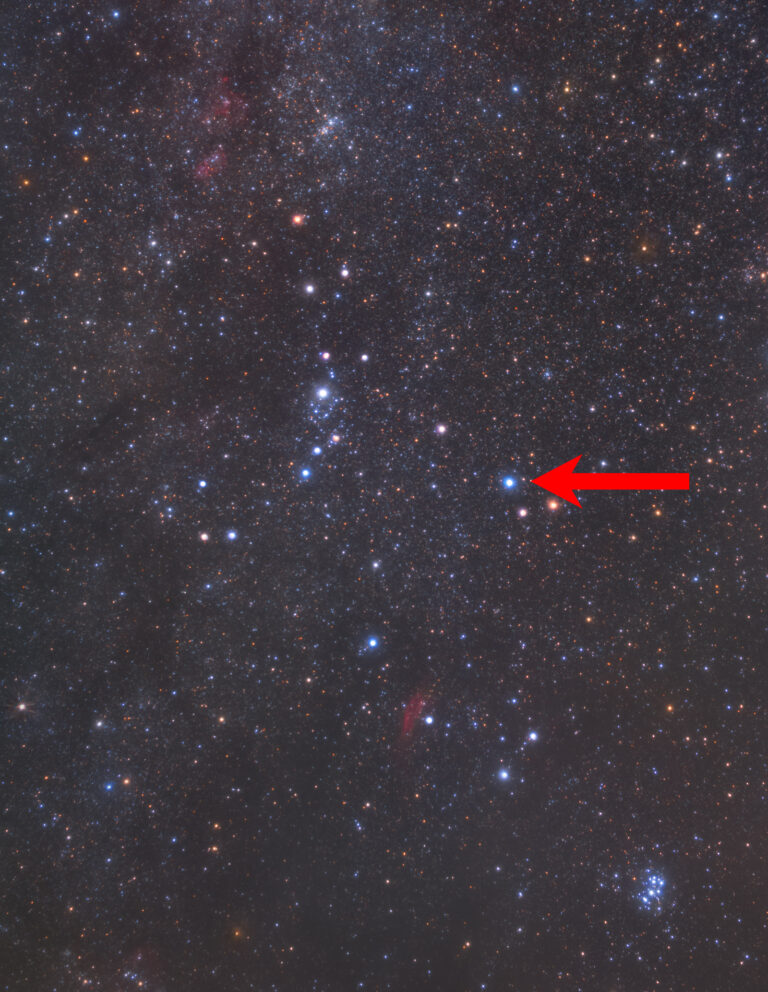Key Takeaways:
Before Kepler’s work, astronomers tried to describe the motion of the planets via interconnected circles, but they struggled to match observations. They also could not predict where planets would appear in the sky. Kepler’s theory changed that and showed how elegantly the planets moved.
Kepler’s second law says that a line joining a planet and the Sun sweeps out equal areas during equal intervals of time. Thus, a planet moves fastest when it’s closest to the Sun (at a point called perihelion) and slowest at its farthest point from the Sun (known as aphelion). You can see this property best with objects that have longer elliptical orbits, like comets. As they near the Sun, they travel much faster than when they are more distant.
Nine years after Kepler published his first two laws, he determined the last one. Kepler’s third law says that the square of the orbital period of a planet is directly proportional to the cube of the semi-major axis of its orbit. The semi-major axis is just a term for half of the longest length of the ellipse. If you measure the period in Earth years and the orbit’s semi-major axis in astronomical units, the equation simplifies to period squared equals semi-major axis cubed. Astronomers use this relation to figure out the orbit of planets around other stars. They directly detect the world’s orbit period and can then figure out how far from the star the planet orbits.










